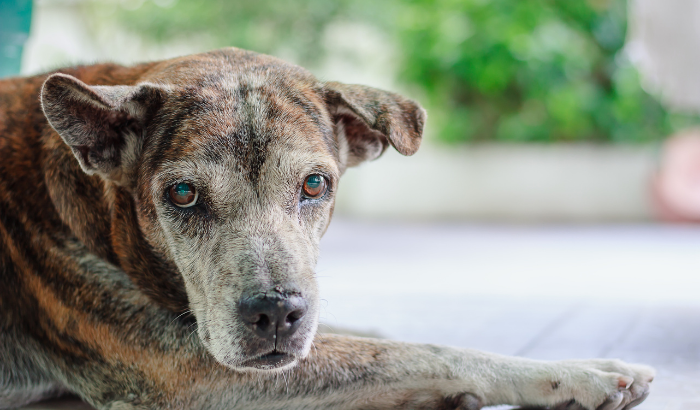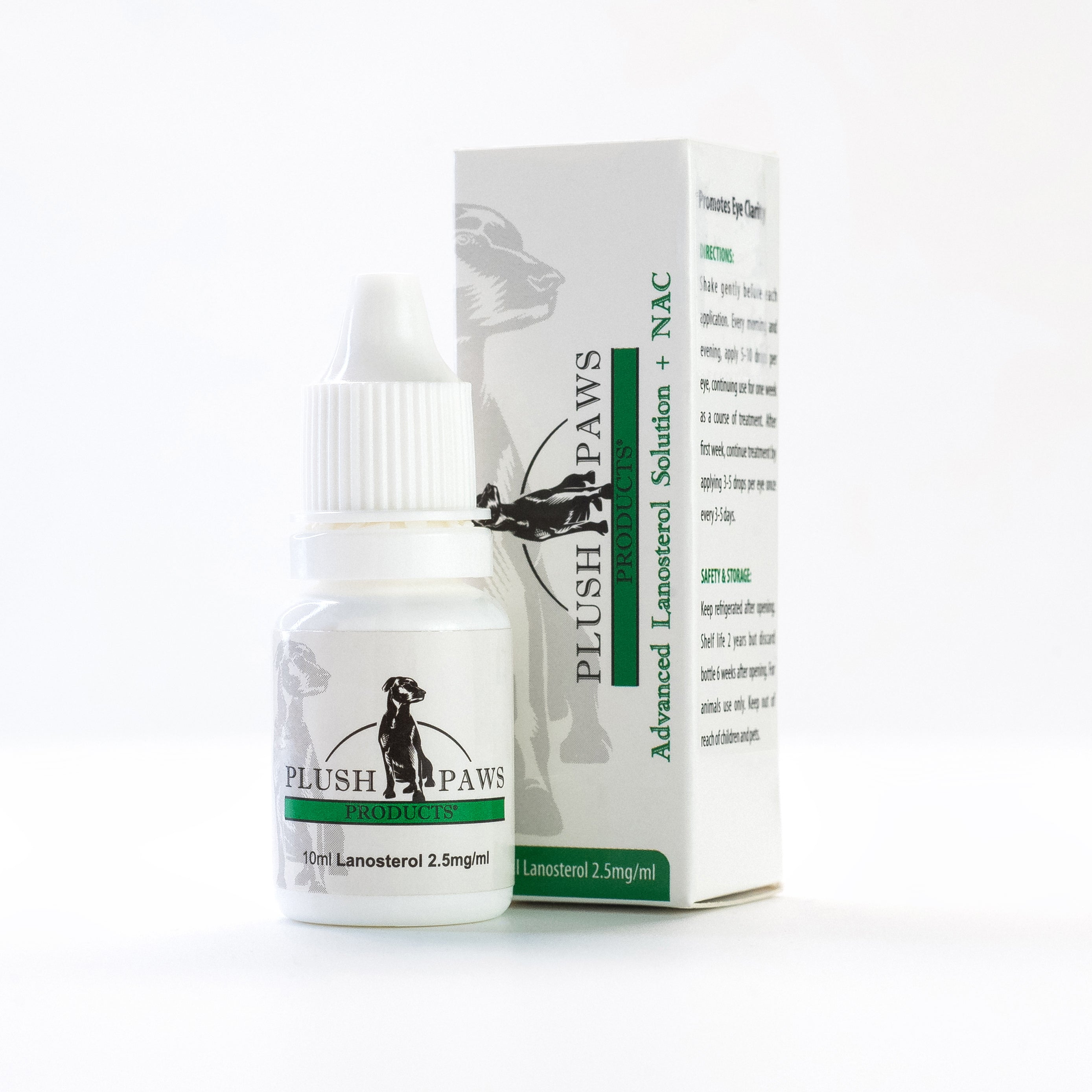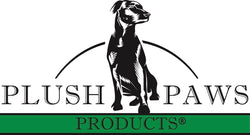
If you’re a pet parent, it’s worth learning about cataracts in dogs to ensure your pup grows up healthy.
According to the American Academy of Opthalmology, a cataract is when “...your eye’s natural lens becomes cloudy. Proteins in your lens break down and cause things to look blurry, hazy, or less colorful.” Unfortunately, yes—dogs are susceptible to developing cataracts. In dogs, a cataract will present opacity in their eyes, causing them to have blurry and limited vision. If it’s small, it may not impact your pup’s vision too much; however, cataracts must be monitored because the thicker they grow, the more likely they’ll result in permanent blindness.
If you suspect your fur baby has cataracts, you should take them to the vet immediately for an eye exam. The only way to remove this clouding is through surgery. At Plush Paws Products, we care about your dog’s health. Even if your pooch doesn’t have this condition, it’s worth using our dog-friendly eye drops to keep cataracts at bay.

In today’s blog, we’ll further discuss the severity of cataracts and why you should do everything in your power to prevent your dog from developing them.
Causes of Cataracts
Cataracts can develop due to a variety of factors, which include disease, eye trauma, old age, and inherited conditions. Some dogs may be born with cataracts, while others may develop them as pups between the ages of one and three. Sometimes, the development of cataracts can be attributed to diabetes.
The only good thing about cataracts is that most of the time, it’s easy to tell if they’re growing.
Signs Your Dog May Be Developing Cataracts
Do your dog’s eyes look cloudy or have a slight blue tint? If the answer is yes, you should take them to the vet for an eye exam. At the same time, it’s worth noting that it’s normal for a dog’s lenses to grow cloudy or gray as they age and they may have nuclear sclerosis, which is an age-related change in the density of the crystalline lens nucleus that occurs in older animals. Fortunately, this condition won’t pose too much of a risk to your dog’s eyesight, and treatment isn’t generally recommended.
The only way to verify which condition your pup may have is to let a professional take a look. In any case, if you detect any cloudiness in your pet’s eyes, you must take them to the vet before the situation becomes worse.
Now that you know more about this condition, you’re probably wondering which breeds are more likely to develop it.

Yes, Some Dog Breeds Are More Prone to Cataracts
Although dogs of all breeds and ages can develop this condition, it’s more commonly found in the following breeds:
- American Cocker Spaniels
- Havanese
- Smooth Fox Terriers
- Bichon Frise
- Silky Terriers
- Miniature Schnauzers
- Miniature and Standard Poodles
- Boston Terriers
Moreover, dogs with diabetes are especially likely to develop this condition.
The Best Way to Diagnose Your Dog
As we mentioned above, cataracts can be easily diagnosable. However, your safest bet will always be to take them to your veterinarian. They can conduct a preliminary eye exam to tell you whether you’re dealing with a cataract or a similar condition that results in cloudiness in the pupils. Depending on how this visit goes, you may be recommended to a veterinary ophthalmologist to determine the severity of the cataract and the appropriate course of action to treat the problem.
If you find out that your dog does indeed have cataracts, you’ll be pleased to know that in most cases, it can be treated.
Treatment for Cataracts in Dogs
Fortunately, vision loss due to cataracts can be restored in most cases through surgery. Your dog’s veterinary ophthalmologist will surgically remove the cloudy lens and replace it with an acrylic or plastic lens. They’ll have to determine if your dog makes a good candidate for surgery first, but most dogs are likely able to have this procedure.

As a pet parent, you may be concerned about the actual procedure itself. We understand this fear because surgery is intimidating, particularly if you’ve never been operated on yourself. You can let out a sigh of relief because cataract surgery for dogs and humans has a good success rate.
As a parent of a delicate furbaby, you’ll probably need to take some time off work because this procedure requires a great deal of postoperative care.
Taking Care of Your Fur Baby After Cataract Surgery
In most cases, dogs have to wear protective collars until their eyes heal. We recommend keeping them in a calm, quiet environment so that they can rest and heal properly. Additionally, they’ll require eye drops multiple times a day for several weeks.
The best step you can take to keep your dog’s eyesight healthy is to do your best to preserve it.
Tips to Preserve Your Dog’s Vision
Sadly, you can’t do much to prevent your dog from developing cataracts. However, you can take steps to ensure that your pup’s vision stays as healthy as possible, especially if their sight problems are the result of medical conditions, such as diabetes. We recommend doing the following:
- Schedule an eye exam for your dog each year
- Immediately take your dog to the vet if their eyes are clouding or going gray
- Try to find out the medical history of your dog’s parents, since this condition can be inherited
- Learn more about the relationship between diabetes or eye trauma and cataracts. Ask your vet any questions you may have.
- Give your dogs pet-friendly eye drops to combat the formation of cataracts early on
Take Care of Your Dog’s Eyes with Eye Drops from Plush Paws Products
Cataracts in dogs are unfortunate, and although their formation is mostly out of your control, you can give them comfortable eye drops from Plush Paws Products. Our advanced lanosterol solution drops are the perfect lubricating drops for your pet because they can break down glycoproteins that cause cataracts; this addresses the problem at the source.
We also boast an expansive selection of dog-friendly products, such as pet seat covers for your car and multi-vitamins. Check out the rest of our products here.

